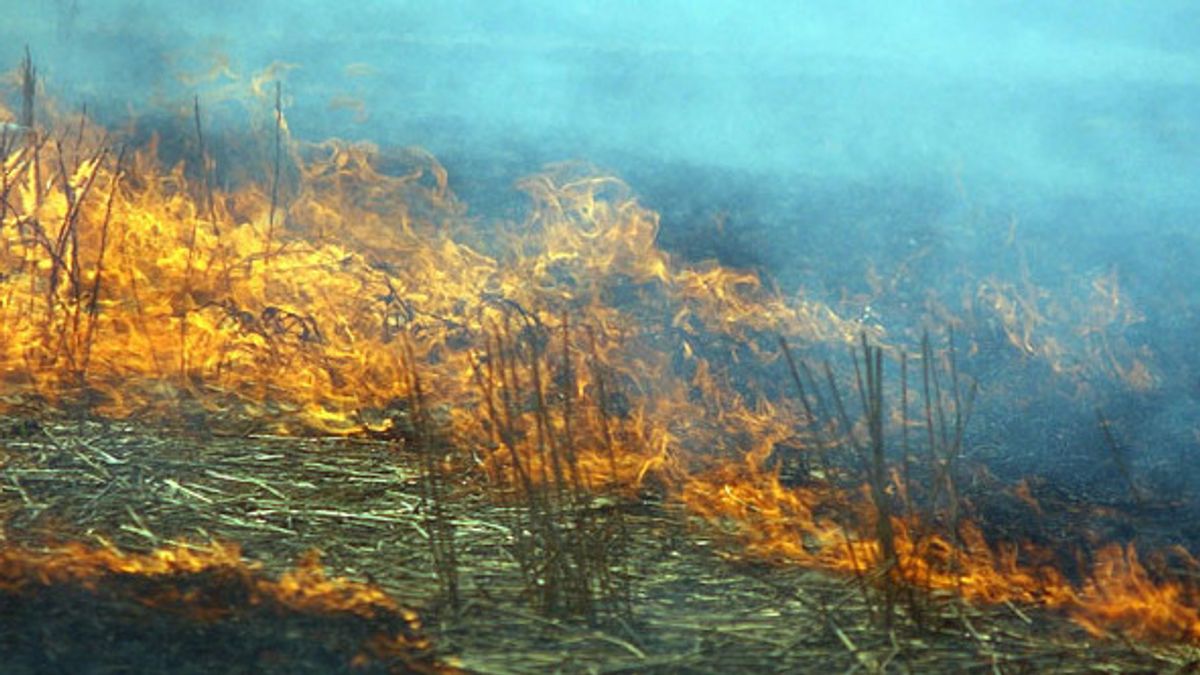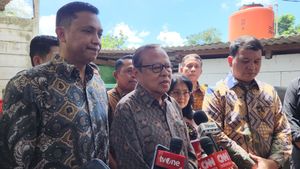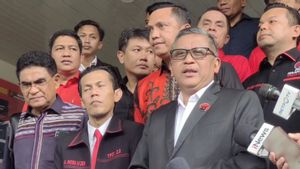JAKARTA - Forest fires in Australia make many people suffer. The Aborigines are no exception. They are concerned about a protected historic site, destroyed in the flames.
As quoted by theguardian.com, several sites that may have been destroyed include the Gulaga site (Mount Dromedary) and Mount Mumbulla. The two sites stretching from Shoalhaven to the Victorian border are of greatest importance to Aboriginal communities.
In addition, the fires also engulfed the small community of Mogo, southern Batemans Bay, and destroyed the local land council offices, which are the social and cultural centers of the Aboriginal community. This forest fire is said to be the worst fire in Australian history.
Aboriginal way of protecting forests
For more than 50 thousand years, Australia's indigenous people, the Aboriginal people, have taken care of their homeland in their own way. By using traditional burning, fishing traps, growing and gathering crops, they are able to create a sustainable system and supply the food they need.
As explained by Landcare Australia, Aboriginal tribes have a traditional forest management system that is arguably very effective in preventing forest fires. The technique of the indigenous people is by burning.
It sounds contradictory, but that's the way it is. Even with the techniques they apply it can create vast grasslands to the point of inviting kangaroos to come to the area. They know when the time is right to burn the area.
Researchers and historians believe their ability to choose which areas to burn, when, and how often to burn them is part of indigenous peoples' knowledge of land. The result, creates a mosaic of trees and creates grasslands that can minimize Eucalyptus forest fires. You see, the forest is a forest that is very flammable.
One of the professors for traditional Aboriginal burning from the Australian National University, Bill Gammage, said that the use of fire could be adopted across the country and used for a variety of land management issues.
Gammage explained, there are three benefits that can be taken from the combustion management. First, it encourages grass regeneration and creates new fertilizer from dead plants. Second, to reduce the accumulated scrub so that it can be used as fuel when the forest is burning intensely. Third, to increase biodiversity.
This has been widely applied in almost all of the Kangaroo Country, especially in the northern region because the grass grows faster in the summer, and it needs to be controlled. Apart from that in the northern region, the indigenous people are also actively managing the land.
"Aboriginal people would apply it even to a very small area, for example burning shrubs along river banks, or pushing dry bushes into pastures," says Gammage.
The Aboriginal tradition of burning land requires a good understanding of local conditions in particular to ensure it is effective and safe. Like paying attention to climatic conditions, plants and animals.
Meanwhile to choose the right time, depending on the season and location. Especially in northern areas where the grass is drier and the fire is more uncontrollable, so it needs to be more careful in handling it. As for the timing, it is best after the rainy season when the grass and soil are still moist.
In Australia there are several groups that work together on land management. These include Local Soil Management, Aboriginal Land Management Councils, and Land Care groups.
The English, Chinese, Japanese, Arabic, and French versions are automatically generated by the AI. So there may still be inaccuracies in translating, please always see Indonesian as our main language. (system supported by DigitalSiber.id)













